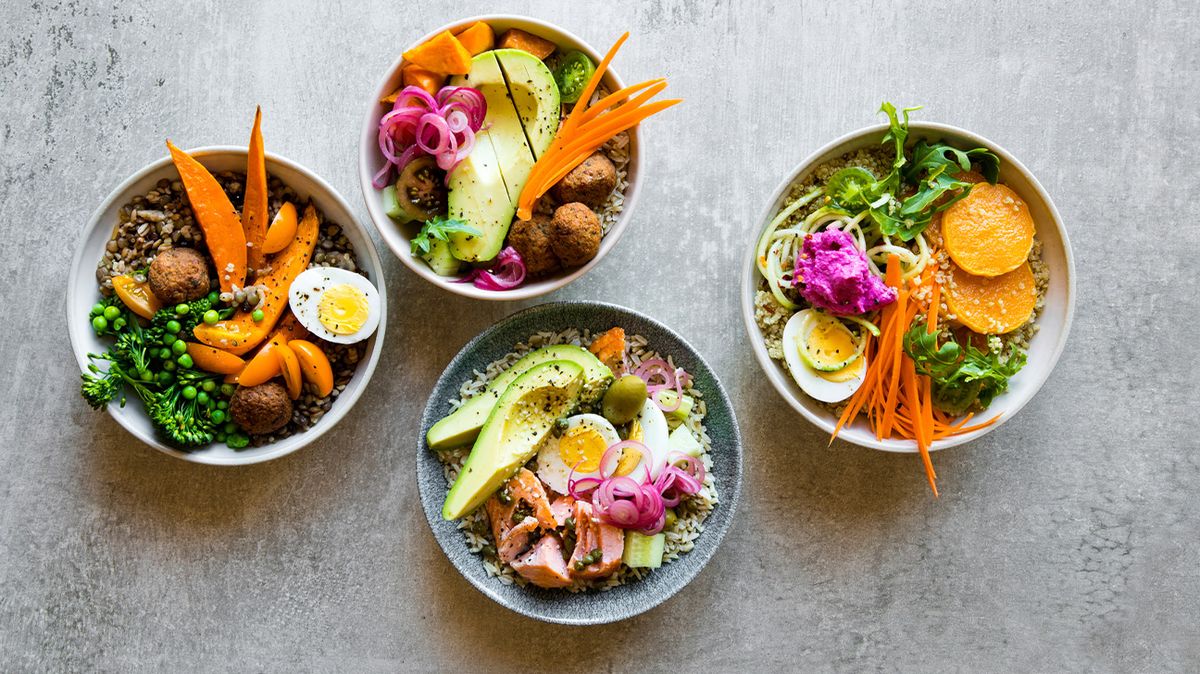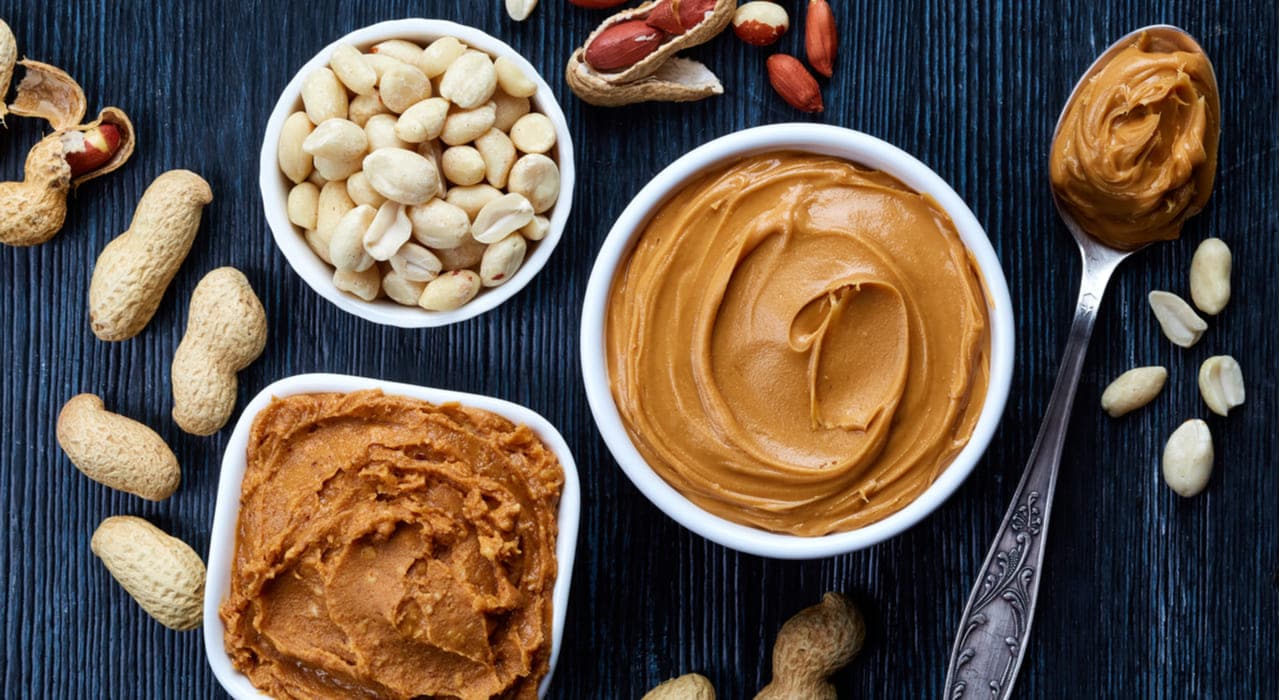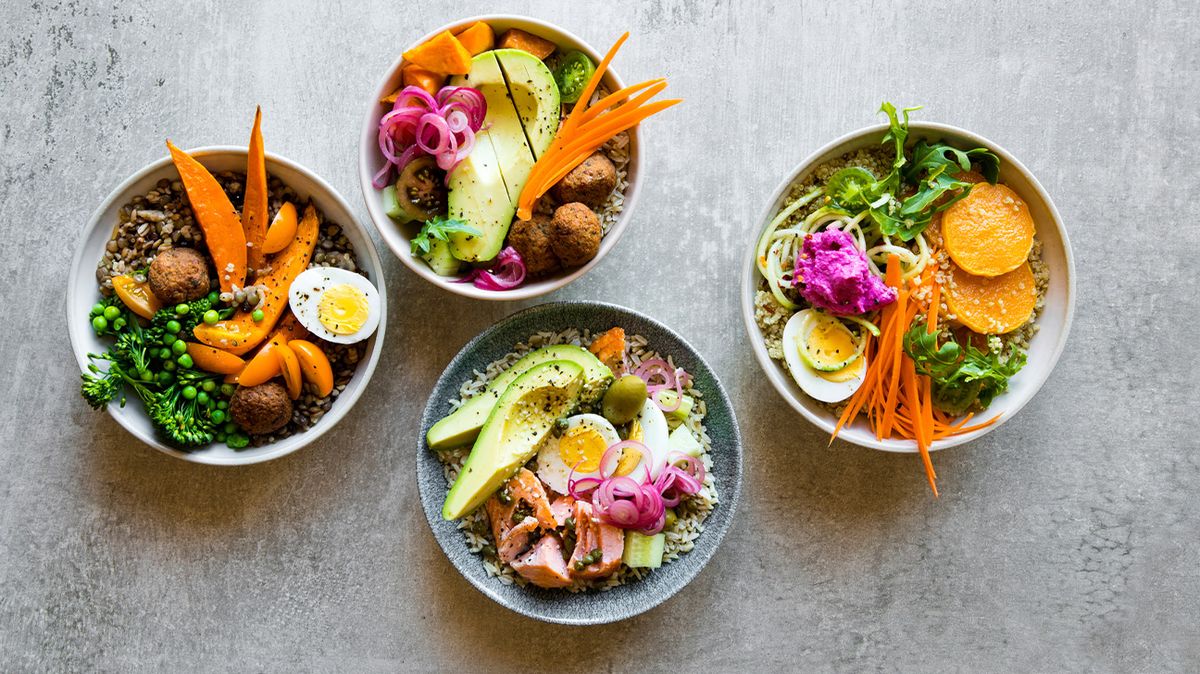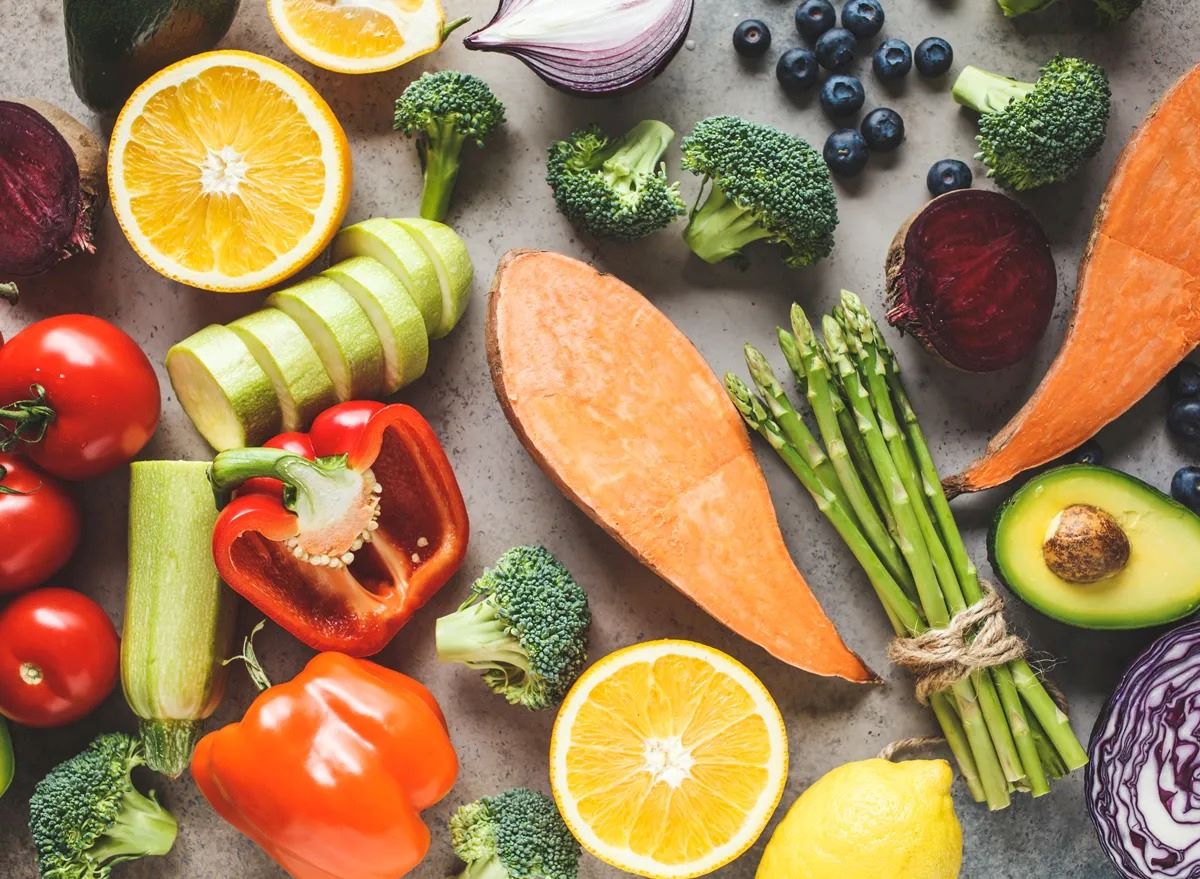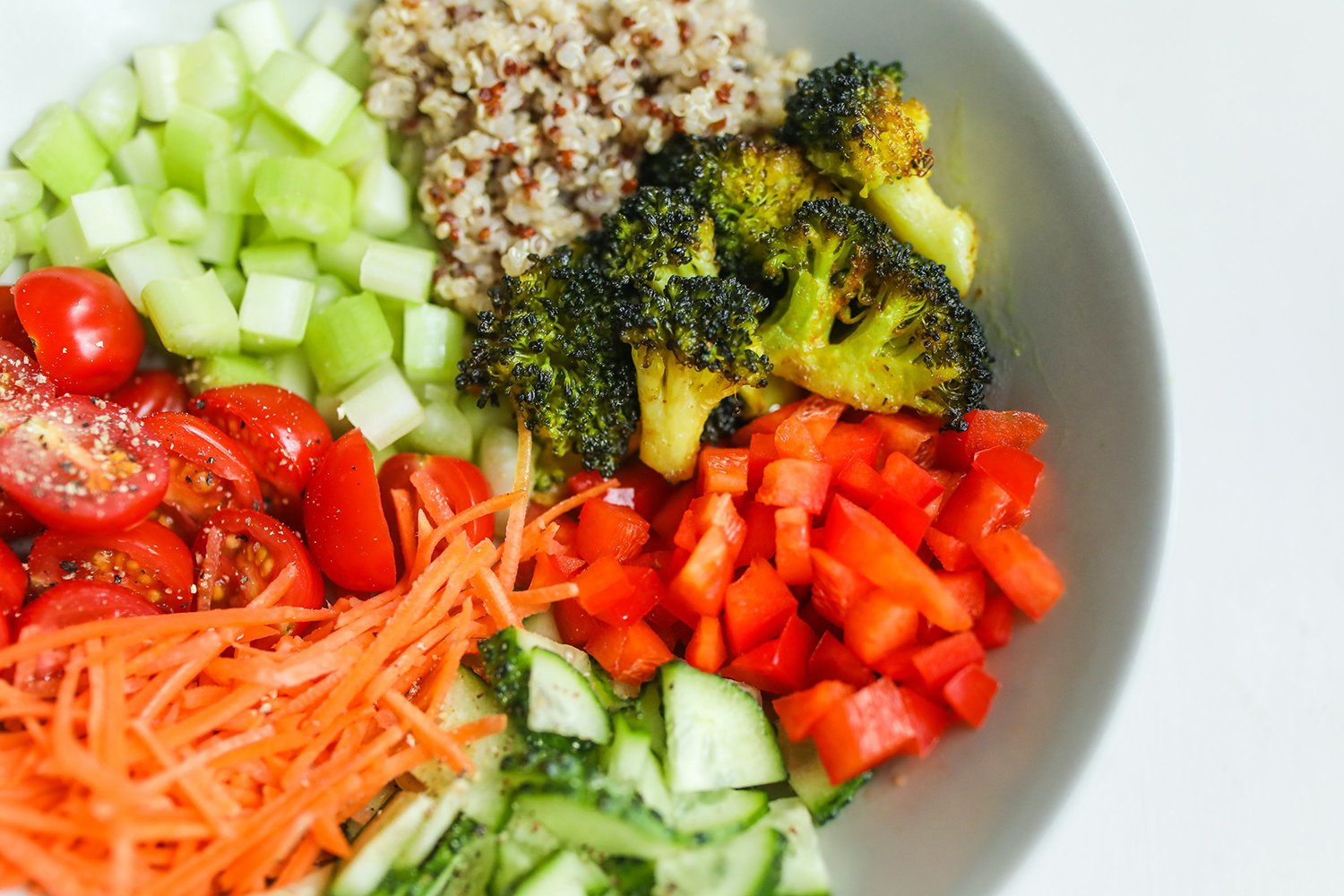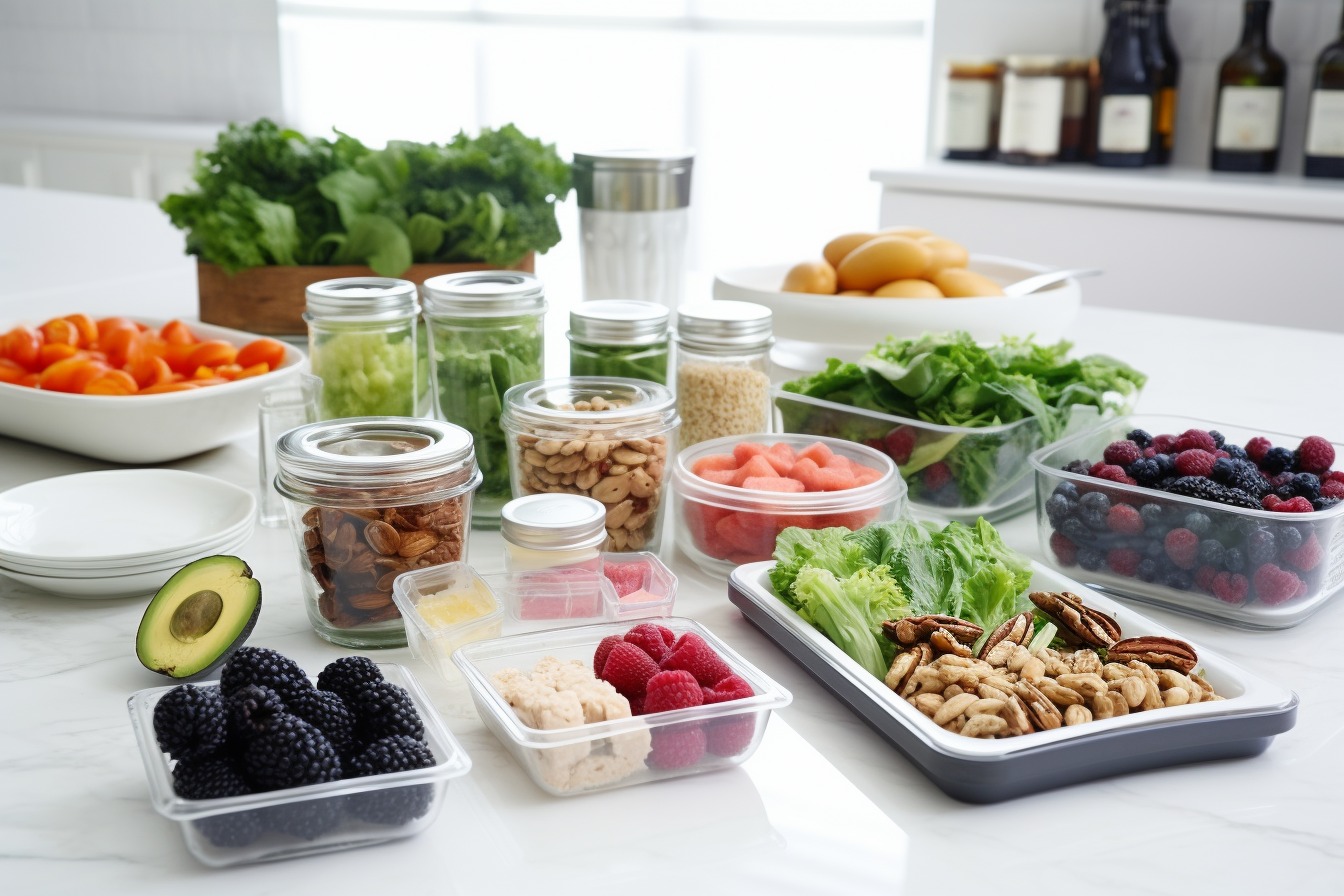How to Achieve Weight Loss with Balanced Meals
When it comes to losing weight, many people believe that they need to restrict their food intake or follow a strict diet. However, it is possible to achieve weight loss while still enjoying balanced and satisfying meals. By making smart food choices and paying attention to portion sizes, you can create a meal plan that supports your weight loss goals without feeling deprived.
Focus on Nutrient-Dense Foods
One of the keys to eating balanced meals for weight loss is to focus on nutrient-dense foods. These are foods that are high in nutrients but relatively low in calories. Examples of nutrient-dense foods include:
- Fruits and vegetables
- Lean proteins such as chicken, fish, and tofu
- Whole grains like quinoa, brown rice, and oats
- Healthy fats such as avocados, nuts, and olive oil
By incorporating these foods into your meals, you can ensure that you are getting the essential nutrients your body needs without consuming excess calories.
Watch Your Portion Sizes
Even when eating nutrient-dense foods, portion control is important for weight loss. It’s easy to overeat, especially when faced with large portion sizes at restaurants or when snacking mindlessly. To manage portion sizes effectively, consider the following tips:
- Use smaller plates and bowls to create the illusion of a fuller plate.
- Measure out servings of high-calorie foods like nuts and oils to avoid overconsumption.
- Eat slowly and pay attention to your body’s hunger and fullness cues.
By being mindful of portion sizes, you can enjoy a variety of foods while still working towards your weight loss goals.
Balance Your Macronutrients
Another important aspect of eating balanced meals for weight loss is to pay attention to your macronutrient intake. Macronutrients, including carbohydrates, proteins, and fats, play a crucial role in providing energy and supporting overall health. Aim to include a balance of these macronutrients in each meal:
- Carbohydrates: Choose complex carbohydrates like whole grains and legumes over refined options.
- Proteins: Include lean sources of protein to support muscle growth and repair.
- Fats: Opt for healthy fats like those found in avocados, nuts, and fatty fish.
By incorporating a balance of macronutrients into your meals, you can feel satisfied while managing your weight effectively.
Plan Ahead and Prepare Meals
One of the best ways to ensure that you are eating balanced meals for weight loss is to plan ahead and prepare your meals in advance. This allows you to make thoughtful choices about the foods you eat and reduces the likelihood of reaching for convenient but less nutritious options when hunger strikes. Consider the following meal prep tips:
- Batch cook proteins, grains, and vegetables to have on hand for quick and easy meal assembly.
- Pre-portion snacks like cut-up fruits, vegetables, and nuts to grab on the go.
- Plan your meals for the week and create a grocery list to support your meal prep efforts.
By taking the time to plan and prepare your meals, you can set yourself up for success in reaching your weight loss goals.
Stay Hydrated and Mindful
Finally, don’t forget the importance of staying hydrated and being mindful of your eating habits. Drinking an adequate amount of water throughout the day can help control hunger and prevent overeating. Additionally, practicing mindful eating, which involves paying attention to the sensory experience of eating and being aware of hunger and fullness cues, can support your weight loss efforts.
By incorporating these strategies into your daily routine, you can enjoy balanced meals that support your weight loss goals without feeling deprived or restricted. Remember, achieving weight loss is not just about the foods you eat, but also about creating sustainable habits that support a healthy lifestyle.
With a focus on nutrient-dense foods, portion control, macronutrient balance, meal planning, and mindful eating, you can eat balanced meals and still lose weight effectively.


